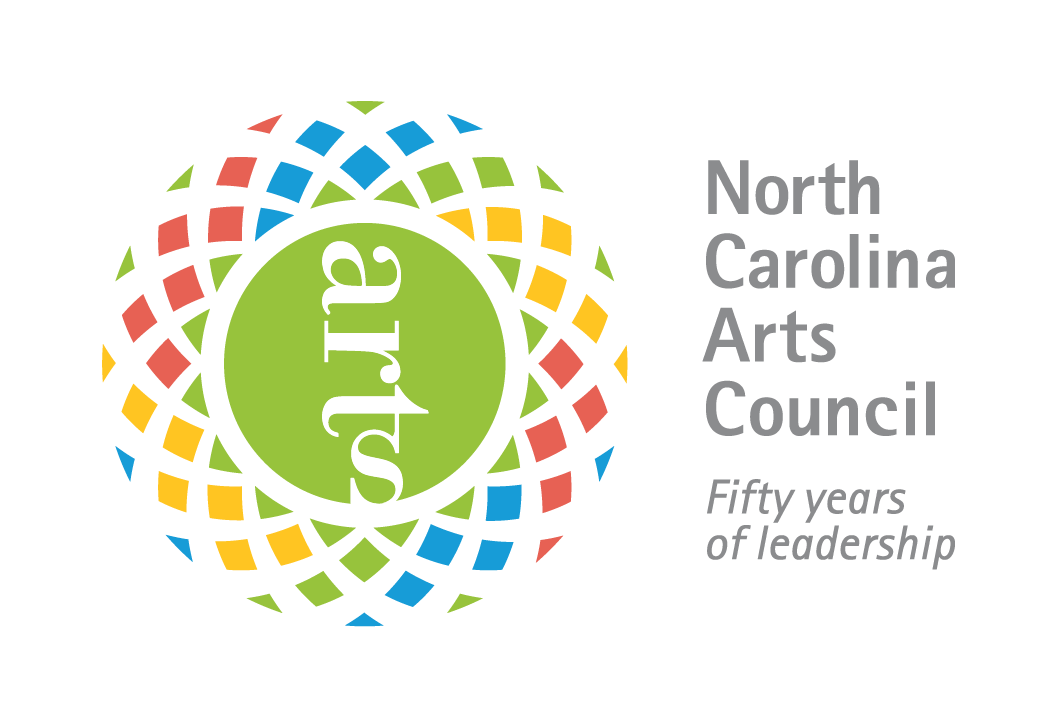 |
 |
|
| Full name | Johann Strauss II | Richard Georg Strauss |
| Life | 1825-1899 | 1864-1949 |
| Nationality | Austrian | German |
| Born | Vienna | Munich |
| Father | Johann, composer of more than 250 works | Franz, principal horn player of the Bavarian Court Opera |
| Known for | Waltzes | Symphonic poems and operas |
| Age of first composition | 6 | 6 |
| Famous piece | On the Beautiful Blue Danube | Don Quixote |
| Works in CSO 2014-15 season | Overture to Die Fledermaus, Annen Polka, The Laughing Song from Die Fledermaus, Emperor Waltz, The Audition Song from Die Fledermaus, On the Beautiful Blue Danube | Ein Heldenleben (A Hero's Life), Don Quixote, Le Bourgeois Gentilhomme |
Sound of Charlotte Blog
100 Years of Voting Rights for Women
August 18, 2020Today marks the centennial of the ratification of the 19th Amendment, which prohibits states and the federal government from denying U.S. citizens the right to vote on the basis of sex. To celebrate this historic achievement, the Charlotte Symphony is using its platform to highlight the many contributions of women in classical music. We asked a few CSO musicians and conductors to share with us a list of women composers who they wish everyone knew more about.
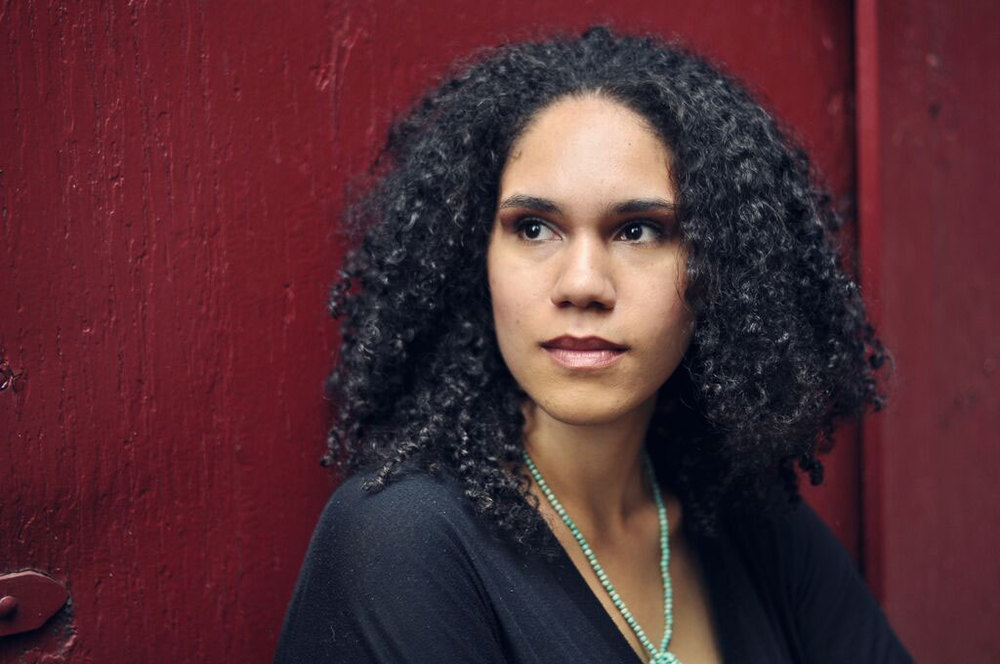
Jessie Montgomery
Jessie Montgomery is an acclaimed composer, violinist, and educator. Her music interweaves classical music with elements of vernacular music, improvisation, language, and social justice, placing her squarely as one of the most relevant interpreters of 21st-century American sound and experience."She's an extremely talented individual, an accomplished violinist and chamber musician in the Catalyst Quartet, and I've been so proud to perform her wonderful music alongside the rest of our canon of timeless art pieces. I hope we will continue to share her beautiful work with our Charlotte community!" - Principal Violist Benjamin Geller
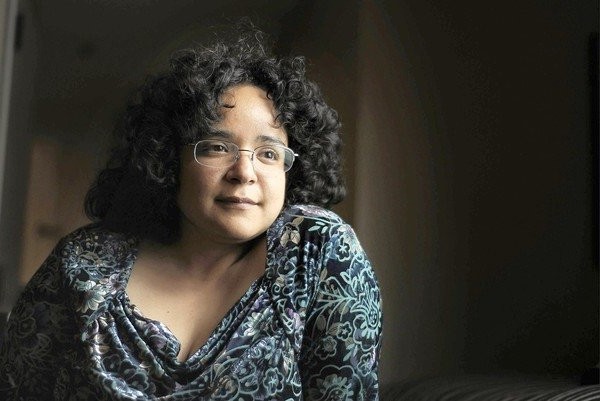
Gabriela Lena Frank
Born in Berkeley, California to a mother of mixed Peruvian/Chinese ancestry and a father of Lithuanian/Jewish descent, Gabriela explores her multicultural heritage through her compositions. Her music often reflects not only her own personal experience as a multi-racial Latina, but also refract her studies of Latin American cultures, incorporating poetry, mythology, and native musical styles into a western classical framework that is uniquely her own."Gabriela Lena Frank is a varied & important fixture in American composition, has numerous awards & Composer in Residence credentials, and has founded a Creative Academy of Music which enables opportunity for dozens of up & coming composers. Her string orchestra piece 'An Andean Walkabout,' written for A Far Cry in Boston, is both visceral in energy & jarring rhythmically. A terrific, monumental piece that I love." - Resident Conductor Christopher James Lees
Barbara York
Barbara York has been working in both Canada and the U.S. for over 40 years as a concert accompanist, choral and theatrical music director and composer. Her score and lyrics for the Canadian musical Colette won a Dora Mavor Moore Award (Canada's version of a Tony) in 1981."I think her music is important to be celebrated because, to be honest, I just really like it. When I have performed some of her solo pieces, they have spoken personally to me, and I found myself lost in tunes that I wish I had written myself." - Trombonist Thomas Burge
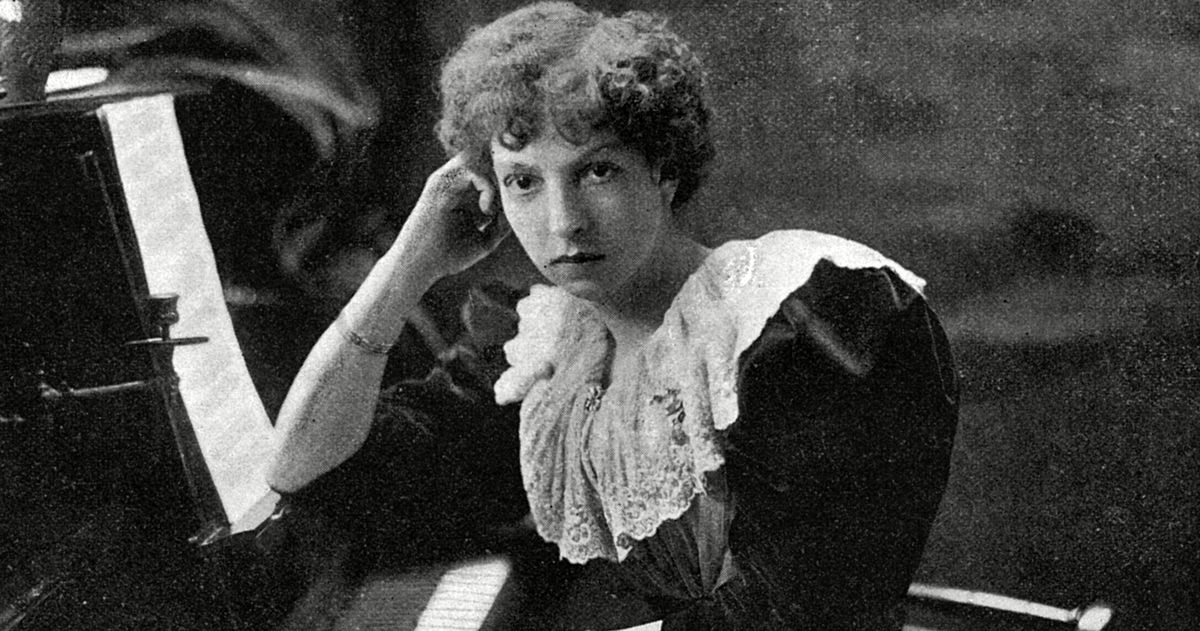
Cécile Chaminade
Cecile Chaminade was a French composer and pianist. In 1913, she was awarded the Legion d'Honneur, a first for a female composer. Chaminade's music has been described as tuneful, highly accessible and mildly chromatic."When I was 13 years old, Chaminade's Concertino for Flute and Orchestra was one of the first big flute solos that I had ever performed. It's a very popular piece for young flutists, and I didn't realize until years after playing it that Chaminade is actually female!" - Youth Philharmonic Conductor Jessica Morel
"Chaminade composed more than 400 pieces, but the Concertino is her most beloved and remains an important piece in the flute repertoire. Though her father did not permit her to attend the Conservatoire de Paris, she was able to study composition privately and eventually gained popularity as a composer and pianist." - Flutist Amy Orsinger Whitehead
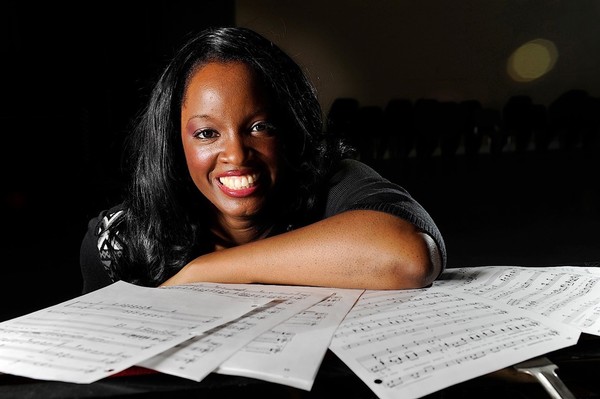
Nkeiru Okoye
Nkeiru Okoye's genre-bending compositions reflect her many influences - Gilbert & Sullivan, the Gershwins Sondheim, Copland, gospel, jazz, and Schoenberg. She specializes in works that celebrate the African American experience. In 2018, the Charlotte Symphony commissioned her to write an orchestral piece in celebration of the city's 250th anniversary."I think Nkeiru Okoye is important because her works incorporate many different sounds and styles from cultural areas that are both part of her own personal journey, and also are part of a larger narrative regarding the history of African American people. Spending her youth divided between living in New York and Nigeria, she offers an important personal perspective through her music that also highlights a broader cultural connection that resonates with many Americans." - Trombonist Thomas Burge
Inspired to learn about more women composers? A great place to start is Music Critic Anne Midgette's list of the top women composers in classical music from The Washington Post. Read more
Trailblazer: Composer Florence B. Price
August 5, 2020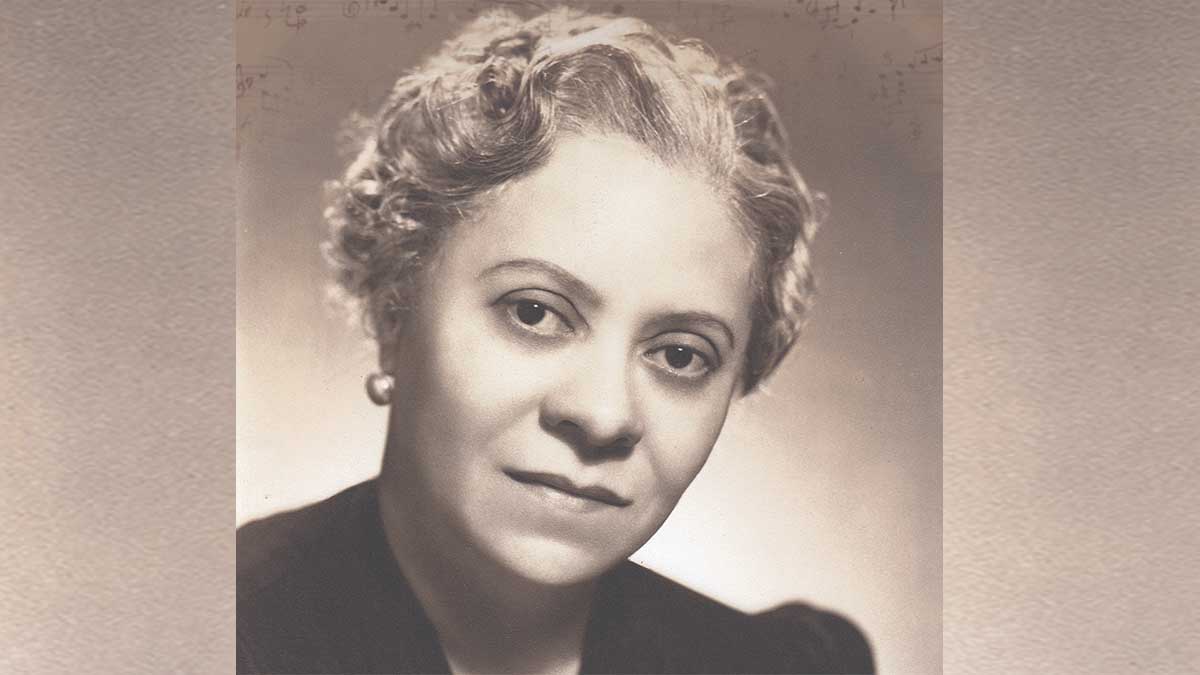
A composer, pianist, organist, and music teacher, Florence Price is recognized as the first African-American woman to have a symphonic work performed by a major national symphony orchestra. Her extraordinary achievements during the racist "Jim Crow" era are a testament to her immense gifts and determination.
Born in Little Rock, AR in 1887, Price grew up in a middle-class household and attended the New England Conservatory, one of the few that admitted African-Americans at the time. Fleeing racial violence in her home state, Price moved with her family to Chicago where her career began to flourish. She won first prize in the Wanamaker Competition with her Symphony in E minor which caught the attention of Chicago Symphony Orchestra Music Director Frederick Stock. The piece was premiered by the Orchestra in 1933 with The Chicago Daily News reporting "It is a faultless work, a work that speaks its own message with restraint and yet with passion ... worthy of a place in the regular symphonic repertory."
Florence Price's musical style was influenced by composers such as Dvořák and Coleridge-Taylor. It is infused with European and African-American musical and cultural elements, including spiritual melodies, gospel church music, and African instruments such as the marimba.
Her piece Adoration, arranged for Brass Quintet, was performed by members of the CSO's brass section on our latest al Fresco concert.
Though recognized in her day, Florence Price's memory and music faded into history - perhaps due in part to the relatively small number of surviving compositions. However, in 2009, nearly 200 of Price's manuscripts were discovered, tucked neatly away in boxes in an old fixer-upper in a suburb of Chicago. The discovery has prompted a happy resurgence in the popularity of her works. We can all hope that this re-examination of her talent and musicality will allow Florence Price to take her rightful place among the great American composers. Read more
Get to Know Composer Gary Fry
December 3, 2018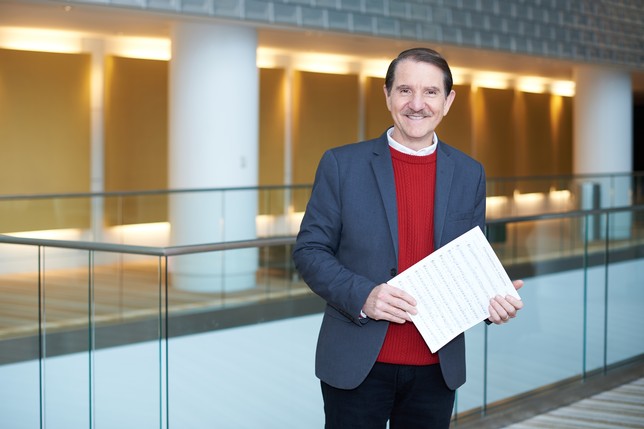
For our 2018 performance of Magic of Christmas, new Charlottean and Emmy-winning composer Gary Fry composed a Christmas carol fit for the Queen City! Get to know Gary below.
Tell us briefly about how you came to be a composer.
I grew up in Iowa, and my parents were farmers. I loved music from an early age and had public school music training with wonderful teachers who encouraged me to write for high school chorus and jazz band. Following my time at the University of Miami (Florida)--where I met more great mentors in choral music and composition--I graduated with a double major in music composition and music education. I taught middle school general music in New Jersey briefly, began to write arrangements for music publishers, and in a couple of years got a staff position at a commercial music agency in Chicago. I've now written thousands of commercials and began to write arrangements for the Chicago Symphony Christmas program, which I did for 19 years. I still write a lot of music, especially for Christmas!
What's your favorite thing about writing music? Do you prefer composing Christmas music?
Three things. First, the "aha" moment when you think about a concept that really makes a piece work. Second, the moment when you hear musicians bring that concept to life for the first time; and third, when you see an audience respond to that concept the way you had hoped.
And yes, I love writing Christmas music! It's such a joyful season, filled with family and tradition and generosity and good will.
How do you gather inspiration when beginning to look at a piece like "Christmastime in Charlotte?"
Well, it's easy to be inspired when you consider all the things I just mentioned--and then, of course, there's the city of Charlotte itself and the things that make it special and the Christmas activities and traditions that make it unique.
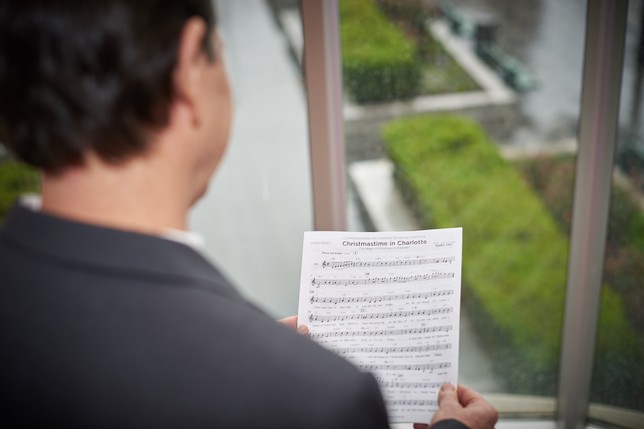
You're from Chicago. What have you learned about Charlotte along this process?
It's been terrific for me as a new resident of the area to become acquainted with the city: learning the landmarks like Independence Square, and street names like Tryon and Trade, and nicknames like "The Queen City," and discovering the things that folks here commonly do at Christmastime (especially without the sometimes frigid weather I knew in Chicago). It's all been great fun, and though I definitely still feel like a newcomer, but that does give me a fresh view of just how dynamic and full of energy the city of Charlotte is.
How does this type of collaboration work?/How much input does the conductor have?
This is very much a collaboration! My first contact was with Mary Deissler (past CSO President & CEO), who has a wonderful vision of what the all-new Magic of Christmas concerts could be for the orchestra and for the city. And then there's Christopher James Lees--what a marvelous conductor and person, whose personality on the podium will really infuse the program with enthusiasm and joy and fun. And in seeking input from both of them, I actually wrote two songs with completely different melodies and musical frameworks, so that they could consider them both and choose the one they thought would work best for the orchestra and the program. And we're still fleshing out all the lyrics, with plenty of back-and-forth about that. They are both invaluable resources to a composer!
How many songs have you written total?
That depends on just what you consider a song! If mini-songs like commercial jingles count, that number would be well into the thousands. But if you're talking full-length, original songs with verses and refrains and so forth, it's in the hundreds. And as an arranger, I've written hundreds more arrangements of existing songs. So... a lot!
What makes a holiday tune "catchy," so you can't get it out of your head?
With a background in commercial jingles that are supposed to do exactly that, it boils down to simplicity, sing-ability, and repetition. The trick is to do that without being boring! I think it's also the way the words marry to the melody, and hopefully a little different sort of twist that sets the tune apart and gives it real identity.
For "Christmastime in Charlotte," my hope is that by the end of the very first performance, the audience is singing along!
Read moreNkeiru Okoye on Composing Charlotte Mecklenburg
September 6, 2018
Approaching a newly commissioned piece, I start by listening. I want the know everything: What's the occasion, and what's the purpose behind it? What are the goals for the piece? What I'm doing by asking these questions is defining basic parameters: length and instrumentations the specific instruments you want to use.
But I'm also gathering background information that helps me to create a piece that works for the community. The more descriptive, the better. It helps me understand what's important, which helps sets up my mindset as I'm conceptualizing the piece.
With Charlotte Mecklenburg, my new piece for the Charlotte Symphony, a special request in this case was that all the music was to have been inspired by a residency, which meant that I wouldn't write a note or start thinking about concepts until I'd gotten acquainted with the city.
During my four-day residency, I did just that. Enjoying great cuisine, visiting different neighborhoods, guided tours of exhibits at the Levine Museum of the New South, catching a panoramic view of the city through from way up in the Bank of America building. Meanwhile, the Symphony had arranged for me to meet and interview 12 people, from Hugh McColl to Dae-Lee, all of whom impacted the city in differing ways, and all provided answers to five questions that I'd created with the new piece in mind. The visit ended, with a live outdoor performance of the Charlotte Symphony.
After getting back, it was time to engage in two of my favorite activities, for starting new compositions brainstorming ideas and organizing them into digital scrapbooks. I compiled answers to my questionnaire and conversation notes and made a general plan of the composition based on the parameters and visit. A piece like this involved some research. By exploring Charlotte's history, cultures, and current events, I was establishing an expansive knowledge bank of ideas.
Contributed by Nkeiru Okoye, composer. Read more
Learn about Lenny: 10 Interesting Facts about Leonard Bernstein
March 12, 2018
2. He was born in Lawrence, Massachusetts to Russian/Jewish immigrants, and began playing piano at young age of five.
3. Bernstein's rise to fame was rapid. He was unexpectedly named Assistant Conductor of the New York Philharmonic with less than 24 hours' notice, when he was called upon to stand in for flu-stricken Bruno Walter. The program included works by Schumann, Miklós Rózsa, Wagner and Richard Strauss's Don Quixote with soloist Joseph Schuster, solo cellist of the orchestra. After a brilliant performance, he made the front page of The New York Times the following morning.
4. In a concert of Brahms' Piano Concerto No. 1, where he famously argued with the pianist Glenn Gould in rehearsal (Gould wanted a slower tempo), Bernstein made an announcement to the audience before they began: "Don't be frightened. Mr. Gould is here....in a concerto, who is the boss....the soloist or the conductor? The answer is, of course, sometimes one and sometimes the other, depending on the people involved." Ever the entertainer, who waited for the applause between each line of his address, Bernstein was later criticized for either attacking Gould or simply abdicating responsibility for the performance that was to ensue.
5. Perhaps his best-known work is the Broadway musical, West Side Story. Inspired by Shakespeare's Romeo and Juliet, the musical explored rivalries between two 1950's New York gangs (the Jets and the Sharks). What many don't know is that the musical was originally going to be about an Irish Catholic family and a Jewish family living on the lower east side of Manhattan. This idea was discarded, however, and replaced with the story we know and love today.
6. Bernstein was one of the first classical musicians to "master" TV. The Young People's Concerts existed in the US since 1924, but Leonard Bernstein brought them to a whole new audience in 1958 with the first televised concert of its type. Then, in 1962, The Young People's Concerts became a TV series, of which Bernstein conducted 53!
7. Bernstein was a close friend of Aaron Copland and recorded all of his orchestral works. He also played the Copland Piano Variations so regularly that they became his trademark piece.
8. He has been famously quoted saying, "I'm not interested in having an orchestra sound like itself. I want it to sound like the composer."
9. Though considered a conductor and great pianist, Bernstein oddly never performed a solo piano recital. He did, though, conduct and play in performances of Mozart piano concertos (and memorably in the Ravel Concerto in G).
10. Bernstein died only five days after retiring. His death was a result of emphysema.
Source: CMUSE. Read more
Spotlight On: Composer Gabriela Lena Frank | Using Music to Break the Glass Ceiling
September 13, 2017
Mozart, Beethoven, Mahler, Brahms -- all well-known composers, all male. It is so rare we hear about the achievements of female composers in the classical music era, especially nowadays. That's not to say they do not exist, there are just far fewer female composers than there are male in the realm of contemporary classical music. That, however, is changing.
Background
Gabriela Lena Frank is an American composer from Berkeley, California. Although born in the US, her roots also align with the nationalities of her parents: her father, a Jewish Lithuanian, and her mother, who is of Peruvian and Chinese decent. The two met during Frank's father's visit to Peru with the Peace Corps in the 1960s.Frank received her bachelor's and master's degrees from Rice University and a doctorate in Music Composition from the University of Michigan. She has studied composition with William Albright, Leslie Bassett, William Bolcom, Michael Daugherty, and Samuel Jones.
Style and Inspiration
Frank's compositions often draw from her multicultural background--particularly her mother's Peruvian heritage. Frank is admired for using sounds of Latin American instruments (such as Peruvian pan flute or charango guitar) throughout her compositions, though her works are typically scored for Western classical instruments and ensembles such as the symphony orchestra or string quartet. "I think the music can be seen as a by-product of my always trying to figure out how Latina I am and how gringa I am," she has said.Accomplishments
Not only is Frank known for her interesting work, but she is also one of the most awarded female contemporary composers of our time. In 2009, Frank received her first Guggenheim Fellowship as well as a Latin Grammy Award for best Contemporary Classical Music Composition for Inca Dances. She has also won a Joyce Foundation award, United States Artists Fellow award, and a Medal of Excellence from Sphinx Organization.In addition to these accolades, Frank's music has been commissioned and performed by the Kronos Quartet, pipa virtuoso Wu Man, San Francisco Symphony, Houston Symphony, Chanticleer Ensemble, the Chiara String Quartet, the Brentano Quartet, Yo Yo Ma and the Silk Road Project, the Marilyn Horne Foundation, guitarist Manuel Barrueco with the Cuarteto Latinoamericano, the King's Singers, directors of the Chamber Music Society of Lincoln Center Wu Han and David Finckel, soprano Dawn Upshaw and the St. Paul Chamber Orchestra, among others. She has also received multiple commissions from Carnegie Hall.
Frank is a Grammy Award-nominated pianist and a member of the prestigious roster of G. Schirmer, exclusively published and managed.
Image source: http://www.screecher.com/schedule/2017/3/19/creative-academy-for-music Read more
9 things you should know about Beethoven's Symphony No. 9
August 30, 2017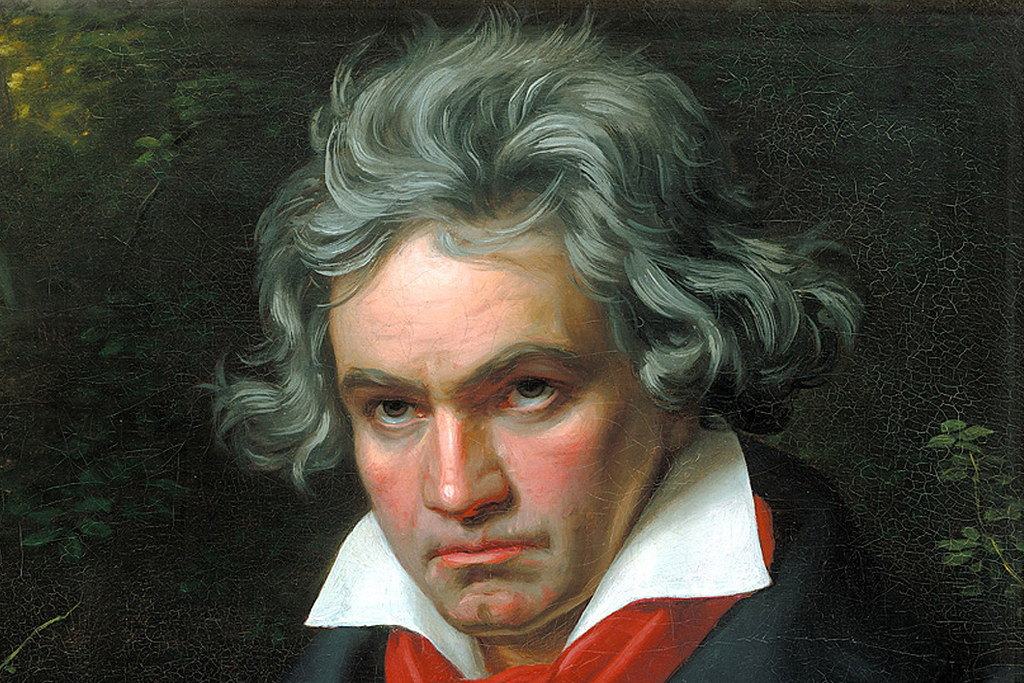
Did you know Beethoven was completely deaf when his Ninth Symphony premiered? Check out more facts about his greatest work before you experience it performed live by your CSO, May 20-22 at Belk Theater.
2. It premiered in Vienna on May 7, 1824.
3. By the time of its premier Beethoven was completely deaf. At the end of the piece, the crowd burst into applause but Beethoven, who had been a few measures behind the symphony, continued to conduct. The contralto, Caroline Unger, walked over to Beethoven and turned him around so he could accept the rousing applause.
4. It is the first symphony to incorporate vocal soloists and chorus into what, until then, had been a purely instrumental genre. Words are sung in the final movement by four vocal soloists and a chorus.
5. The words in the final movement were taken from the "Ode to Joy" poem written by Friedrich von Schiller in 1785. The poem has a strong message to all mankind: it is about living in peace and harmony together.
6. It's the most epic of Beethoven's symphonies, both in length and performers utilized. The piece is scored for soprano, alto, tenor and bass soloists, mixed chorus, piccolo, two flutes, two oboes, two clarinets, two bassoons, contrabassoon, four horns, two trumpets, three trombones, timpani, bass drum, cymbals, triangle, and strings.
7. It was adopted as the European National Anthem in 1972. In 1985, it became the official anthem of the European Union.
8. When Philips started work on their new audio format known as a compact disc, many groups argued over what size it should be. They planned on having a 11.5 cm diameter CD while Sony planned on 10 cm. One bright chap insisted that one CD ought to have the capacity to contain a complete performance of Beethoven's Ninth Symphony. The duration ranges from about 65 to 74 minutes which requires a 12 cm diameter, the size of a CD.
9. Beethoven was a compositional rebel, rejecting standard classical practices in order to write with emotion. While many of his contemporaries were disgusted, if not intimidated by this, his influence on composers to come after him, like Brahms, Dvorak, and Mahler, shows how important a figure he was.
5 Questions With … Steve Hackman, conductor and creator of Brahms v. Radiohead
January 23, 2017
Composer, conductor, and producer Steve Hackman joins us Friday, January 27 for an exciting, one-night-only performance of his popular mash-up, Brahms v. Radiohead. Here, we chat with Mr. Hackman about how he created this interesting concept, why he chose Brahms, and what we can expect from this performance.
How and why did you think of this cool mash-up concept?
I have always been passionate about both classical and popular music, equally. It doesn't matter to me if it is a Mahler symphony or a Kendrick Lamar song; if it's great, it's great. Mashing up Brahms and Radiohead is a way of illustrating this point, and even more, to show that this music is not as dissimilar as many people may think. Categorizing things and judging them based on those categories or labels is dangerous and destructive and a performance like this works against that.
Tell us about these soloists. How did you select them?
The soloists really make every performance of this show a total joy, and I know the audience is going to love them. Bill Prokopow is an old friend of mine, and one of the most talented and versatile musicians I know. He and I sung in the same a cappella group at the University of Illinois, where I went to undergrad, called The Other Guys. We have been collaborating ever since. Andrew Lipke was coming into prominence as a singer/songwriter in Philadelphia when I was in grad school there at the Curtis Institute of Music. I wanted to be like him, such an incredible songwriter and performer! We got to know each other and I learned he was a true student and lover of classical music, and again, a musician of extreme versatility. And Kérén heard about the show because of an ad I posted on Stagebill and boy did we luck out with her! She is a brilliant artist and writer.
Why Brahms specifically? Why not, say, Mozart or Beethoven?
Brahms took 20 years to write this First Symphony. You can feel all that tension and earnestness and toil and struggle in the piece (and he creates unbelievable release in the fourth movement). That balance towards tension is something this music shares with Radiohead. They also share a density and weight--each music is extremely substantial--and they can stand alongside each other. But there are specific musical reasons, too: The harmonic language is much more similar than you would think; the time signature of the first movement (6/8) allows for a mash-up with a very important song from OK Computer ("Subterranean Homesick Alien") and the overall key of C Minor was perfect for the seminal Radiohead song "Paranoid Android."
What can concertgoers expect? Walk us through the evening.
The most important thing regarding expectation is that the music of Radiohead will be presented through the lens of Brahms. I use only Brahms's orchestration. There are no electric guitars or ondes Martenot or any of the Radiohead synthesizers and keyboards. I have treated Radiohead's music with the same kind of scoring, voice leading and counterpoint that Brahms uses in his music. In that way, it is sometimes hard to distinguish if a theme came from Radiohead or Brahms! There are times when the singers are floating Radiohead melodies over the pure music of Brahms; there are many times when Brahms's melodies are superimposed over the songs of Radiohead.
This is a really cool way to engage new symphony audiences. Do you find the attendance to skew younger/more diverse?
Absolutely. Radiohead fans are the best. They are passionate about music, and they tend to be very creative, open-minded and adventurous folks. Beyond that, I think this concert is perfect for people that love music but have yet to really be introduced to classical music for whatever reason. It is such a pleasure and honor to share symphonic repertoire and the experience of seeing a symphony orchestra. Read more
Strauss vs Strauss
February 4, 2015| « Newer Posts |
Latest Posts
- MERGE: Symphonic x Electronic
- Heart of the Home Tour Returns
- Composer Spotlight: Nia Imani Franklin
- More Famous Than Mozart: Joseph Bologne, Chevalier de Saint-Georges
- Art in Motion: Rosalia Torres-Weiner Chosen to Design CSO Roadshow
- Announcing Kwamé Ryan as the Charlotte Symphony’s Next Music Director
- Photos: Charlotte Symphony Annual Gala and Concert
- Five Must-See Concerts of the 2023-24 Season
- 5 Pro Tips for the Best Summer Pops Experience
- A Preschool Performance Three Years in the Making



